Before starting off with learning alphabets and numbers, education starts off with matching and sorting. And in that order specifically. Although they seem like relatively easy tasks they involve the implementation of many cognitive skills.
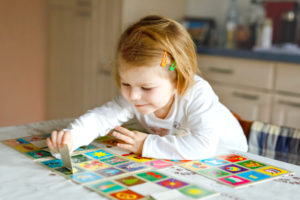 Matching can only be done when the child is able to observe and recognize the similarities between two objects. For similarities to be noticed the child needs to first notice the properties and characteristics of an object. Only then can they find another object with similar properties. And once this is accomplished, meaning is given to the object and thus a concept is formed.
Matching can only be done when the child is able to observe and recognize the similarities between two objects. For similarities to be noticed the child needs to first notice the properties and characteristics of an object. Only then can they find another object with similar properties. And once this is accomplished, meaning is given to the object and thus a concept is formed.
For example: A child needs to match two circular objects. For the child to do this, first he/she needs to notice the properties of the circle, that its edges are smooth, it is curved and not straight like a square. Then find another object with the same similarities. This is how the child first develops a concept of what a circle is. i.e it is something that is round, curvy, without edges.
Progression of matching:
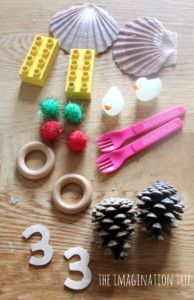 Object-to-object matching:
Object-to-object matching:
First children start off with object-to-object matching where they match a physical object with another which is the same. This exercise is a prerequisite to reading as the children need to notice differences and similarities between objects. This prepares the brain to notice similarities and differences between the alphabets.
For example: the difference between b and d.
Object-to-picture matching: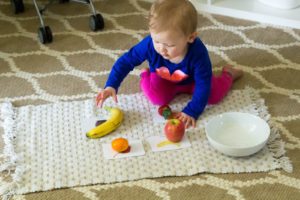
In object to picture matching, the child matches an object to a picture of the object. The main function of object-to-picture matching is developing abstraction in children. This activity helps them understand that what they hold in their hand is the same as the picture. In other words the child is able to match a two dimensional picture with a three dimensional object. This is an important visual discriminative and cognitive skill.
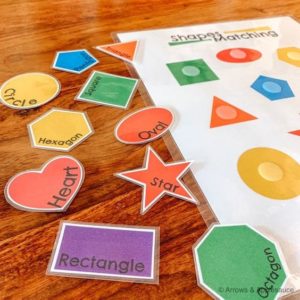
Picture-to-picture matching:
Picture-to-picture is supposed to be done last as it needs more abstract thinking. This is because it solely depends on visual discrimination and not on touch making, it harder than the previous types of matching.
These are just some of the ways in which matching can be done. There are so many other types of matching available like picture-to-word, word-to-number, number-to-object etc.
Sorting
After the child starts matching they move on to sorting which is essentially an extension of matching. When similar objects are matched and grouped into two or more categories, it’s considered sorting. The cognitive tasks involved in sorting are finding similarities and differences, comparing and ordering. Apart from the cognitive aspects, visual perception is worked on and language too. Let’s take shapes for example, a child needs to first develop a concept of what a circle is before he/ she can attach vocabulary and a name to that shape. And Initially sorting is done based on just one characteristic, for example, only red blocks (only color), then they move onto two or more categories like red square blocks (color and shape).
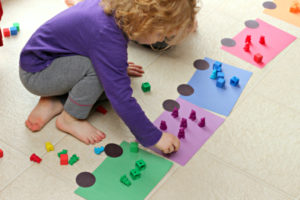 Sorting is not just the beginning of math skills and language but it’s the initial steps to how children categorize and make sense of the world around them. As adults we use sorting everyday. We receive tons of information every second, and our brain categorizes them based on different characteristics like less important to less important. So sorting teaches children how to process incoming information. And this critical executive cognitive function starts with sorting colors, shapes, numbers and alphabets. Thus sorting is not just an initial academic skill but an initial life skill too.
Sorting is not just the beginning of math skills and language but it’s the initial steps to how children categorize and make sense of the world around them. As adults we use sorting everyday. We receive tons of information every second, and our brain categorizes them based on different characteristics like less important to less important. So sorting teaches children how to process incoming information. And this critical executive cognitive function starts with sorting colors, shapes, numbers and alphabets. Thus sorting is not just an initial academic skill but an initial life skill too.
How can we start sorting and matching at home?
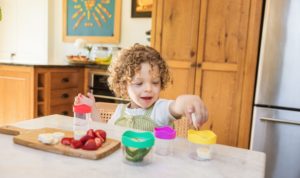 First the parent needs to determine what concepts the child might be familiar with and how many categories they can sort. For example, for some children the concept of weight (heavier and lighter) might be too difficult but colors might be too easy hence leading to uninterest. So finding where your child is at, of course through trial and error is important. Before the child tries the sorting or matching it is important that the parent slowly demonstrates how to do it initially. After observing the parent, the child tries it on their own.
First the parent needs to determine what concepts the child might be familiar with and how many categories they can sort. For example, for some children the concept of weight (heavier and lighter) might be too difficult but colors might be too easy hence leading to uninterest. So finding where your child is at, of course through trial and error is important. Before the child tries the sorting or matching it is important that the parent slowly demonstrates how to do it initially. After observing the parent, the child tries it on their own.
Tools that can be used at home for sorting and matching
- Sorting of toys: While putting away toys after playing, the toys can be arranged or put away in certain categories. For example: stuffed toys first, then blocks, or putting away toys that are a certain color or shape.
- Sorting and matching using groceries: The parent picks a particular vegetable or fruit and asks the child to find another that matches that. The child could also sort groceries in categories of color, shape, size and vegetables and fruits.
- Sorting and matching laundry: The child can help parents with sorting laundry by sorting them in terms of shirt and pants or a particular color or size.
- Sorting silverware: Children can sort and match vessels into plates and cups or spoons and forks. They can also be sorted based on size.
- Sorting crayons or buttons: Crayons and buttons can be used to match and sort different colors and sizes.
Fun games to integrate in sorting and matching
Sorting and matching do not necessarily have to be on the table top. The more fun the activity is, the more interested the child will be to learn.
- Treasure hunt: This can be done with matching where the parent hides the pair of the object somewhere in the room and the child needs to find the pair to match the object.
- I spy: This game can be done with sorting and matching. The objects chosen can be placed in different parts of the room. And the parent says “ I spy with my two little eyes, something that is _________ (describes the objects) For example: if the child is learning colors, “ I spy with my two little eyes something that is yellow.” And the child brings objects that are in yellow to the parent.
- Matching socks: Parents can use pairs of socks and mix them up. Children need to match and find the right pair. To add more concepts parents can pin pictures of a concept to the socks and ask to match them. For example, if the child is learning capital and small letters, parents can pin pictures of the capital letter and small letter on either sock and mix them up. Then the children can find the pair.
- Match the pattern with blocks: Parents can make a pattern with building blocks. For example, stack up two red blocks then one blue block. The child can imitate this pattern.
- Touch and feel game: This game requires a bag that is not transparent. The parents can put a pair of each object into the bag and the child has to put their hand inside and find out the pairs without looking and only based on touch. The same game can be played where instead of a pair, the parents put only one object in the bag and gives the child options to choose and find what was in the bag. For example, the parent can have an apple in the bag and in front of the child, can show an option of an orange, mango and lemon.
Thus matching and sorting can be done in ways that will excite the children and get them more interested all while learning and improving important skills like visual perception, pre reading and mathematical skills, language and concept formation.
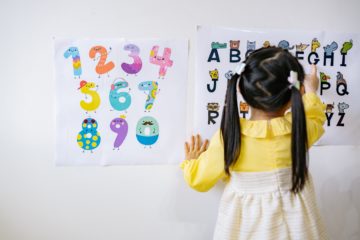
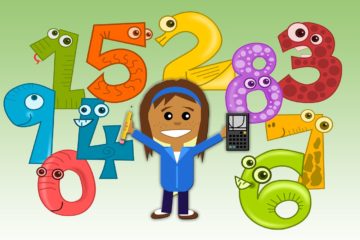
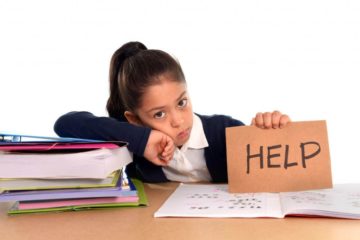
0 Comments